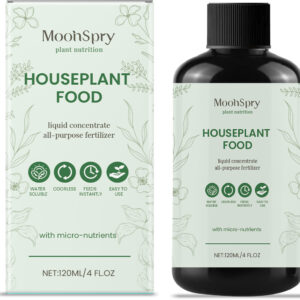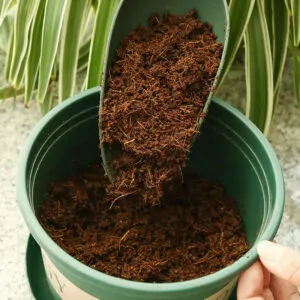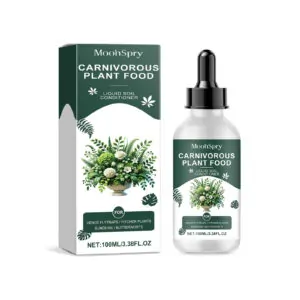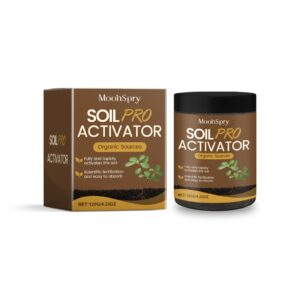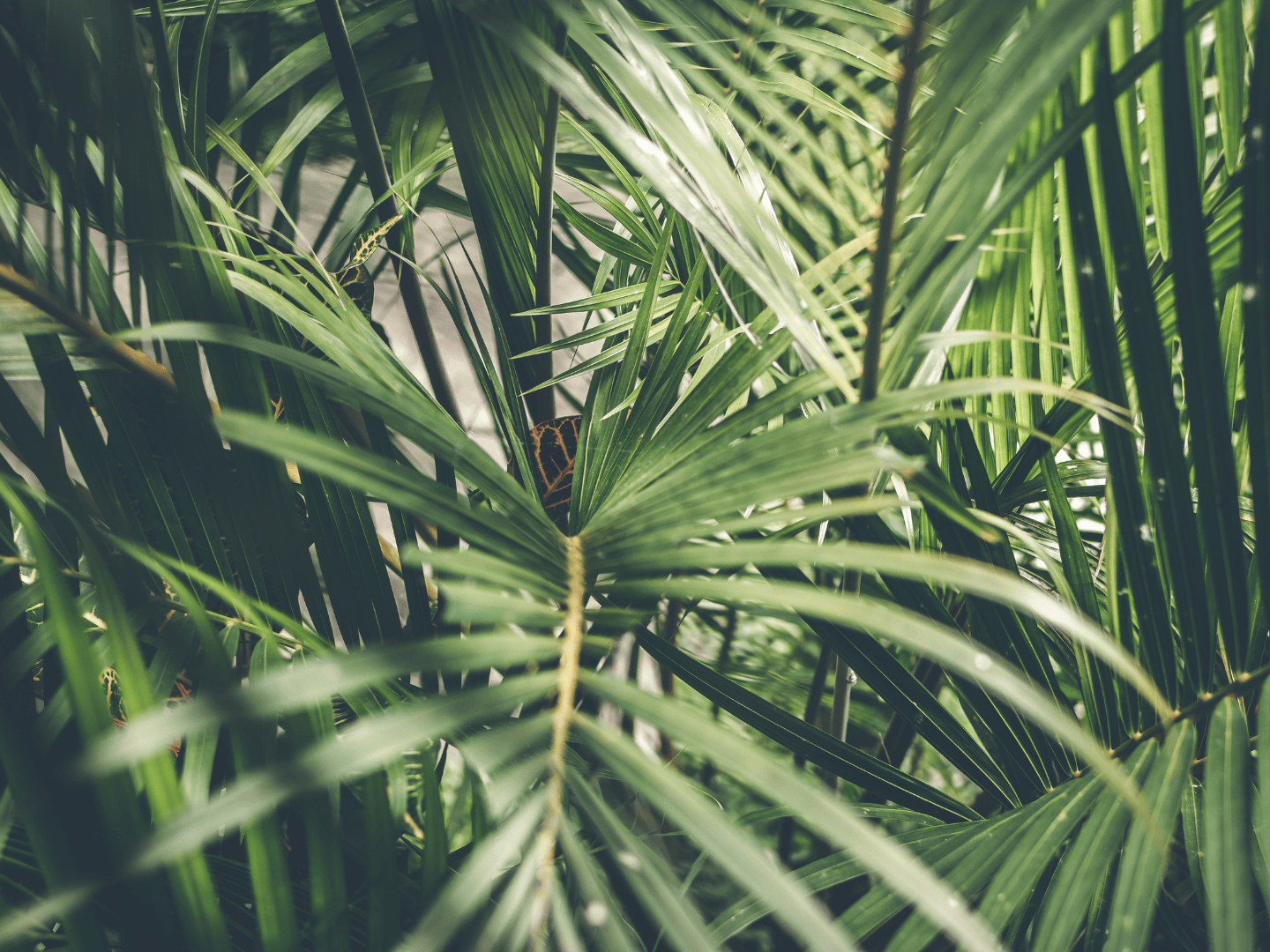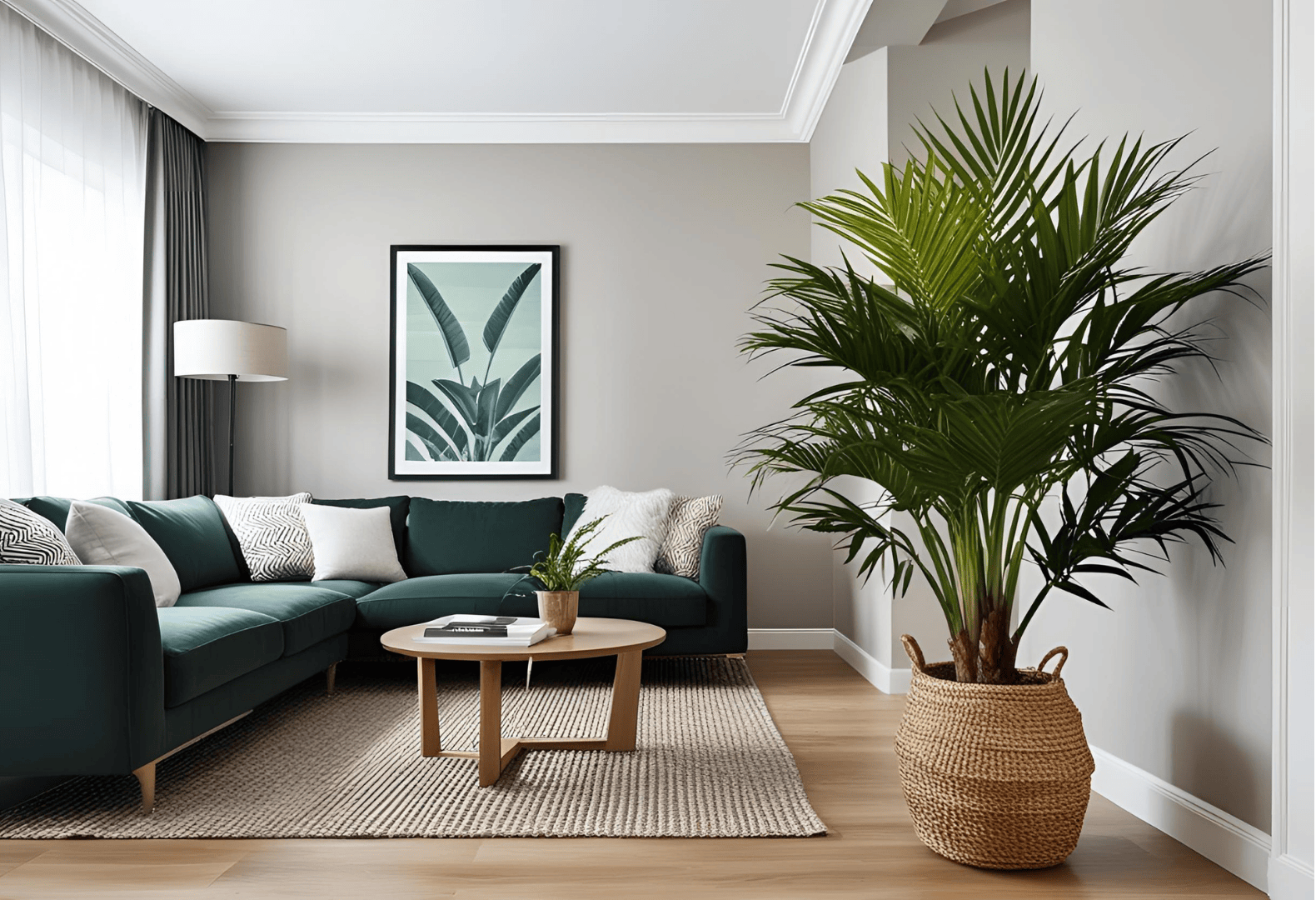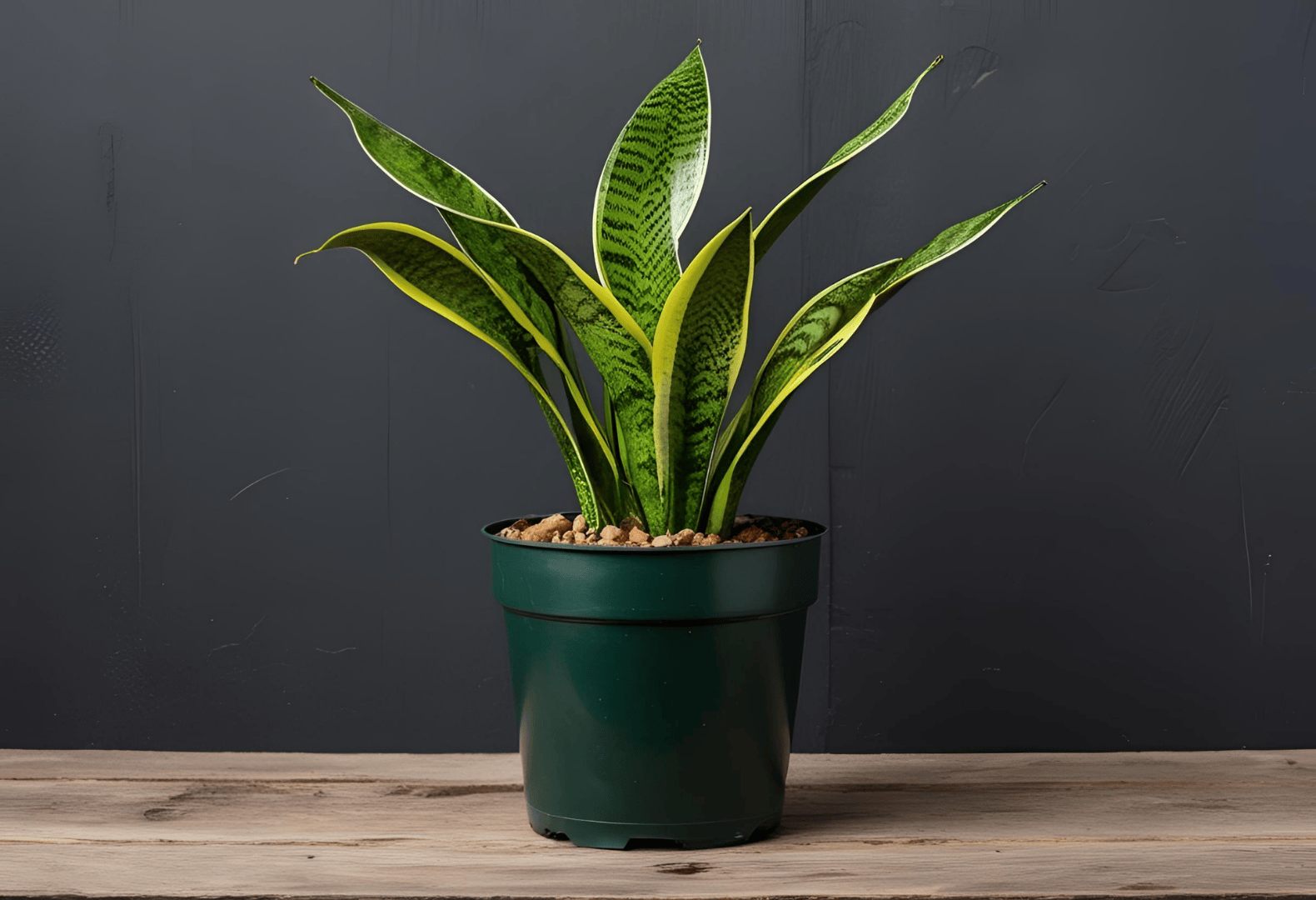Introduction
If you’re looking for a low-maintenance, air-purifying beauty for your home, look no further — this Parlor Palm care guide is for you. The Parlor Palm (Chamaedorea elegans) is a timeless favorite among indoor plant lovers thanks to its graceful fronds and forgiving nature. Whether you’re a complete beginner or just want to brush up on your green thumb skills, you’ll find everything you need here to help your Parlor Palm thrive.

Light Needs
Parlor Palms don’t need a sunbath — they prefer gentler light. Bright, indirect light is ideal. If you’re placing it near a window, make sure sheer curtains are involved.
They can even tolerate low light conditions, which is why they’re perfect for offices or north-facing rooms. But remember: too much direct sunlight can scorch the leaves and turn them yellow or brown.
To check if your palm is happy, watch its color — vibrant green means all is well. Pale fronds? That’s a cry for more light.
Watering
When it comes to watering, Parlor Palms prefer moderation. Overwatering is the most common mistake — soggy soil can lead to root rot.
Instead, let the top 2–3 cm (1 inch) of soil dry out between waterings. A good rule of thumb: water every 1–2 weeks, and adjust based on the season.
In winter, your palm’s growth slows down, and so should your watering routine. Always use room-temperature water and make sure excess water drains away.
Tip: Use a pot with drainage holes to avoid water buildup.
Humidity & Temperature
Native to the tropical forests of Central America, the Parlor Palm loves moderate to high humidity.
Mist the leaves occasionally or place a tray with pebbles and water underneath the pot to boost humidity naturally.
Ideal temperature: 65–80°F (18–27°C).
Avoid cold drafts, heaters, or air conditioners blowing directly on it. Sudden changes in temperature can lead to leaf drop.
-
All Products
Plant Care Humidifier – Ultrasonic, Mute, Intelligent with Remote Control and Aromatherapy
£138.40 Select options This product has multiple variants. The options may be chosen on the product page -
All Products
Flame Effect Aromatherapy Humidifier – Ultrasonic Plant Care Device (250 ml)
£29.99 Select options This product has multiple variants. The options may be chosen on the product page -
All Products
Ultrasonic Aroma Diffuser with Colorful Night Light – Silent Essential Oil Diffuser with Remote Control
£76.50 – £83.61 Select options This product has multiple variants. The options may be chosen on the product page -
All Products
Portable Humidifier for Plants – Keep Your Greenery Healthy Anywhere
£28.87 Select options This product has multiple variants. The options may be chosen on the product page
Fertilization
While not a heavy feeder, the Parlor Palm benefits from light feeding. Use a balanced liquid houseplant fertilizer (such as 10-10-10) once a month during the growing season (spring and summer).
In fall and winter, you can skip fertilizing altogether.
Always fertilize after watering, never on dry soil. Over-fertilizing can cause brown leaf tips or fertilizer salt buildup.
Recommended fertilizers:
- Liquid Houseplant Fertilizer (10-10-10 or 20-20-20)
- Organic options:
- Worm castings
- Liquid seaweed extract
-
All Products
Plant Nutrient Solution – Liquid Concentrate for Healthy and Fast Plant Growth
£14.08 Select options This product has multiple variants. The options may be chosen on the product page -
All Products
Coconut Brick for Potting Mix – Desalted and Nutrient-Rich for Optimal Plant Growth, High-Quality
£24.99 – £69.99 Select options This product has multiple variants. The options may be chosen on the product page -
All Products
Carnivorous Plant Food Liquid Soil Conditioner – MoonSpry Nutrient Drops for Venus Flytraps, Pitcher Plants, Sundews, Butterworts – 100ml
£19.99 Select options This product has multiple variants. The options may be chosen on the product page -
All Products
Soil Activator & Growth Powder – Organic Soil Enhancer for Healthier Plants
£24.99 Select options This product has multiple variants. The options may be chosen on the product page
Repotting
Parlor Palms are slow growers, so they don’t need frequent repotting. Every 2–3 years is usually enough.
Repot when roots start to show through the drainage holes or when growth slows down significantly.
Use a well-draining indoor potting mix. You can mix in a bit of perlite or pumice to improve aeration.
Pruning
You won’t need to prune often — just trim off dead or yellowing fronds. Always use clean, sharp scissors to prevent infection.
Avoid cutting green, healthy leaves as the palm relies on them for photosynthesis and growth.
-
All Products
Pruning Shears for Gardening – Heavy-Duty Manganese Steel Branch Cutter with Safety Lock
£22.99 Select options This product has multiple variants. The options may be chosen on the product page -
All Products
Stainless Steel Pruning Shears – Multifunctional Elbow Design for Efficient Branch Cutting
£19.99 – £29.99 Select options This product has multiple variants. The options may be chosen on the product page -
All Products
Pruning Shears – Branch Cutting Tools for Gardening, Household & Fruit Tree Maintenance
£31.99 – £35.99 Select options This product has multiple variants. The options may be chosen on the product page
Soil Preferences
Choose a light, well-draining potting mix. A blend made for palms or general houseplants works great.
Want to make your own? Try mixing:
- 2 parts peat moss
- 1 part perlite
- 1 part pine bark
This combination keeps the roots both moist and oxygenated, which is perfect for Parlor Palms.
Pests & Diseases
Good news: Parlor Palms are fairly pest-resistant. However, they can occasionally attract:
- Spider mites
- Mealybugs
- Scale insects
If you spot any, gently wipe leaves with a damp cloth and treat with neem oil or insecticidal soap.
Avoid overwatering, which can invite fungus gnats or root rot.
Toxicity
Parlor Palm is non-toxic to both cats and dogs — perfect for pet parents!
Even if your furry friend nibbles on a leaf or two, there’s no need to panic. It’s one of the safest palms you can grow indoors.
Propagation
Propagation is not easy with Parlor Palms, as they don’t grow well from cuttings. Instead, they are grown from seeds — and even then, germination is slow and unpredictable.
So if you want another palm, buying a young plant is your best bet.
General Tips for a Happy Parlor Palm
- Keep leaves dust-free by wiping them gently with a damp cloth once a month.
- Avoid moving the plant around too often. Once it adjusts to a spot, leave it there.
- If leaves are browning at the tips, check for underwatering or low humidity.
- Turn the pot occasionally so it grows evenly.
FAQs
How often should I water my Parlor Palm?
About once every 1–2 weeks. Let the top inch of soil dry before watering again.
Can Parlor Palm grow in low light?
Yes! It’s one of the best low-light indoor plants — ideal for apartments or offices.
Why are my Parlor Palm’s tips turning brown?
This is usually caused by dry air, underwatering, or salt buildup from over-fertilizing.
Should I mist my Parlor Palm?
Yes, occasional misting helps boost humidity and keeps the fronds fresh and green.
Is Parlor Palm safe for pets?
Absolutely. It’s non-toxic to cats and dogs.
External Resource
For more details on safe houseplants for pets, check ASPCA’s guide.
Conclusion: Parlor Palm Care
The Parlor Palm is a fantastic choice for anyone who wants lush, tropical greenery without too much hassle. With just a bit of attention to watering, light, and humidity, it will reward you with years of graceful beauty.
So go ahead — bring one home, follow this Parlor Palm care guide, and enjoy your very own slice of the tropics.

Read More:
- What Is Parlor Palm? A Classic Houseplant for Every Home (Toxic) – Understand the benefits and risks of having a Parlor Palm in your home.
- How to Grow Parlor Palm at Home: A Complete Indoor Guide – Tips on growing and nurturing your Parlor Palm indoors.
Plant Profile

Common Name

Plant Type

Mature Size

Sun Exposure

Soil Type

Soil pH

Bloom Time

Color

Hardiness Zones

Native Area

Humidity

Lighting

Temperature

Difficulty

Hibernation

Toxicity






